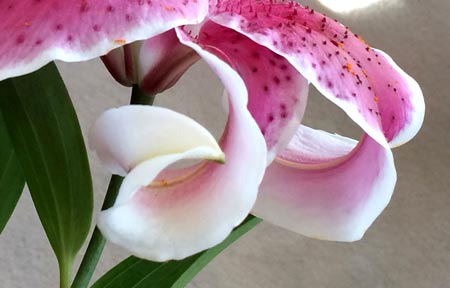
Work on one area at a time to make sure the surface stays wet.
Look closer at the photograph and try to see different colors within each shape.
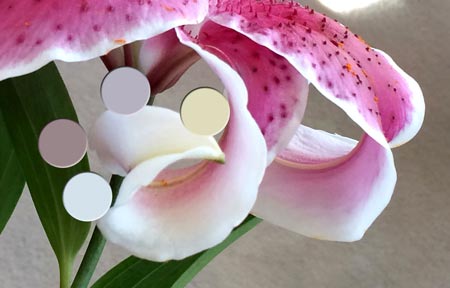
If you have a hard time seeing colors - place a piece of paper next to the area and you will see how different the area is comparing to white paper.
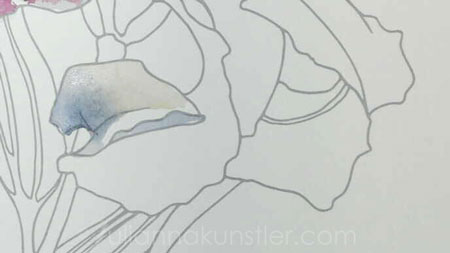
Before you start painting - look for areas/shapes that are going to stay white.
Make sure you do not apply a wash there.
Shadows are usually cooler in color and darker. You can apply a blue wash to set the layout for the shadow. Even is you will apply another color on top of it later - it will be easier to treat these areas as a shadow.
 Wait for one area to dry before painting next to it.
Wait for one area to dry before painting next to it.
Unless you want the colors to bleed.
Apply colors in layers.
Start with a lighter color.

If the first wash has dried and you are still painting - add some clean water to the area (not too much).

Always use washes and watered down paint, never "scoop" watercolor like acrylics...

Start with lighter color washes, then add darker colors.
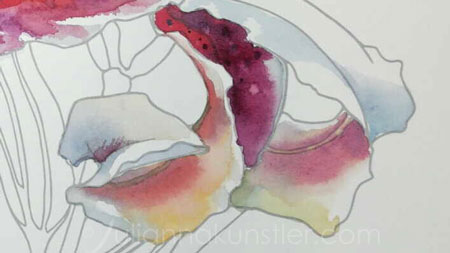
Here is another example of applying a shadow before painting the area.

Use a variety of tones and values even for small and narrow shapes.

Use a flat brush if you need to lift color to add highlights for a more realistic look.

Do not forget shadows for even small parts.
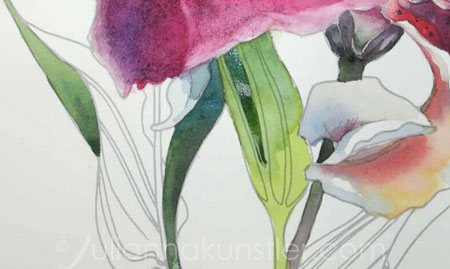
Use layers of washes for leaves patterns.


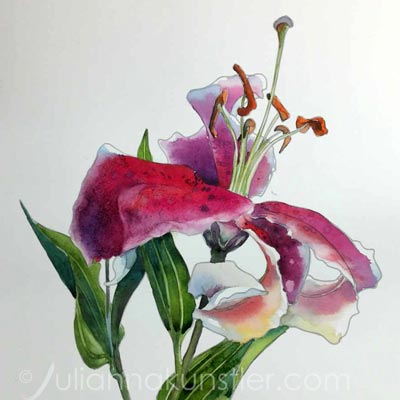

















 Wait for one area to dry before painting next to it.
Wait for one area to dry before painting next to it.


 Here is another example of applying a shadow before painting the area.
Here is another example of applying a shadow before painting the area.





